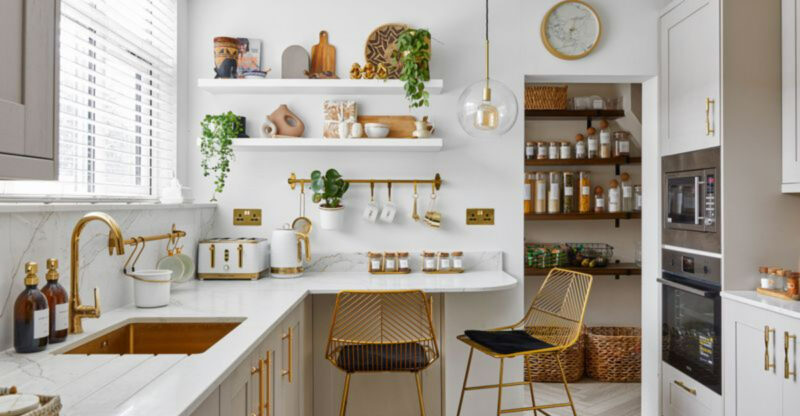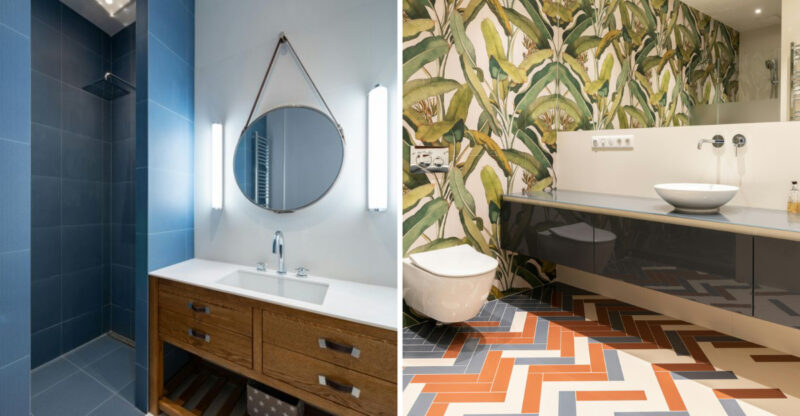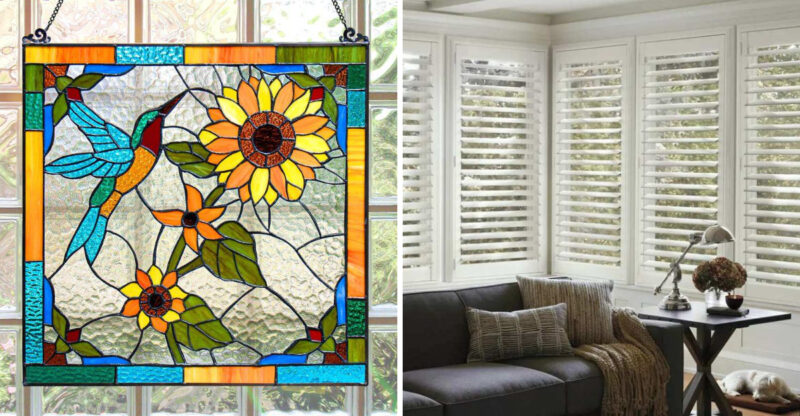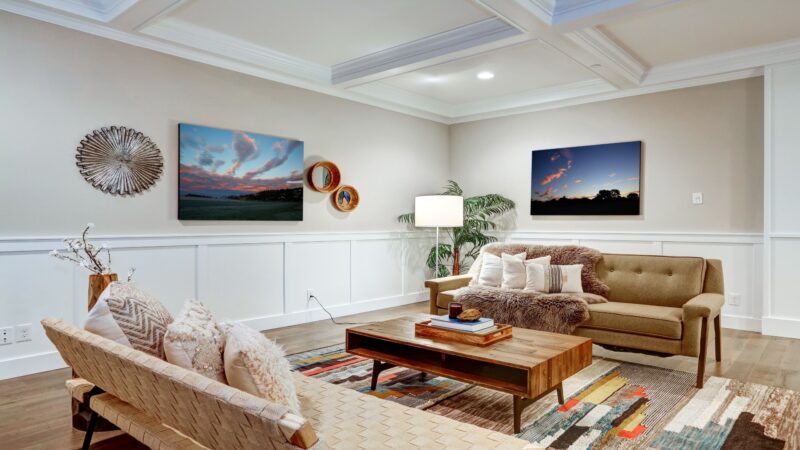7 Design Approaches That Might Be Replacing Traditional Open Kitchens
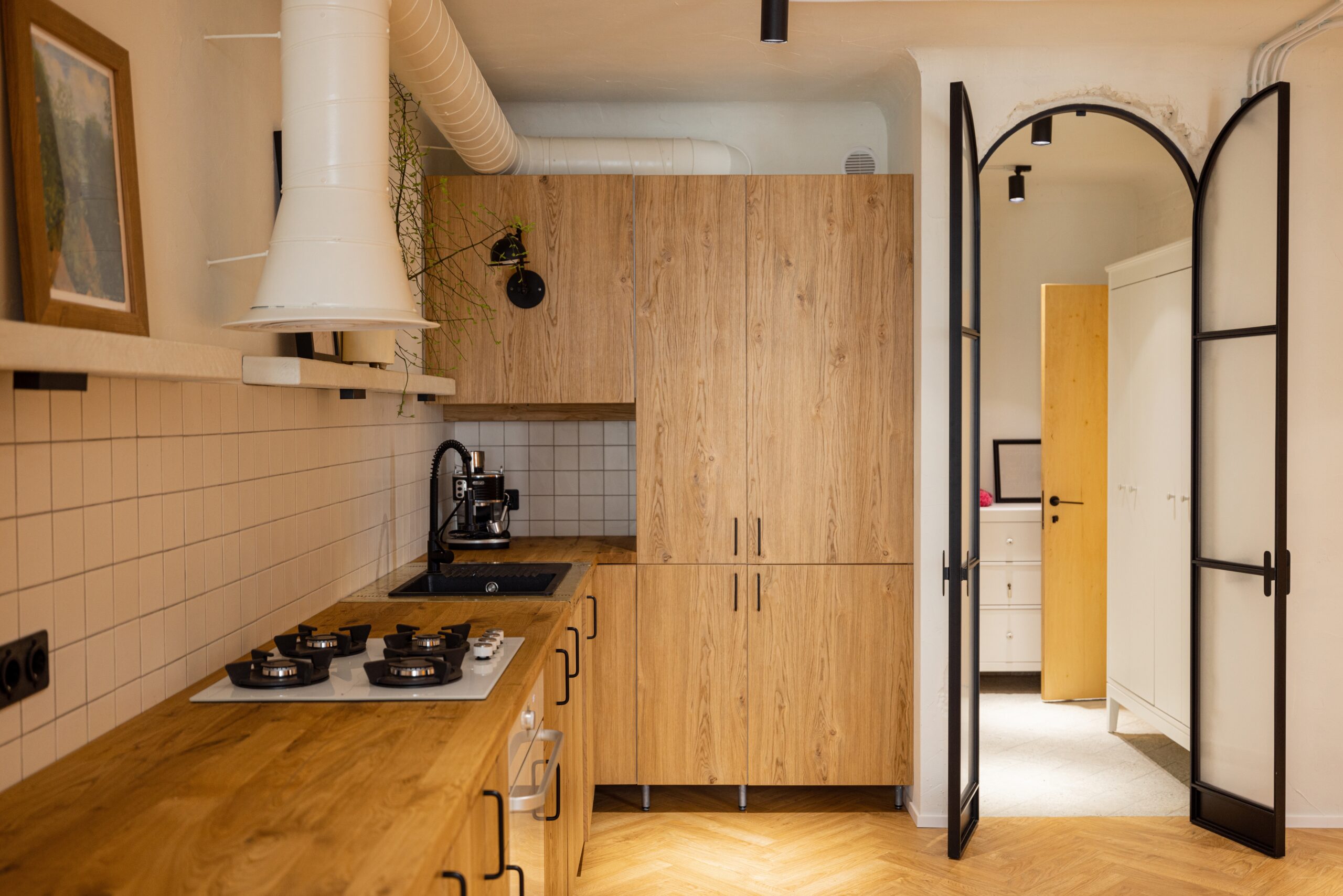
Open kitchens, once a dominant feature in home design, may be giving way to approaches that offer more separation and privacy. After years of knocking down walls to create airy, connected spaces, homeowners are now craving more definition and privacy in their cooking areas.
These emerging kitchen design approaches balance functionality with aesthetics while addressing common complaints about noise, cooking odors, and visual clutter.
The approaches shared in this article highlight current design trends and general ideas for inspiration. Every home is unique, so what works in one space may not work in another. For best results, consult a qualified designer or contractor before beginning any major updates or renovations.
1. Semi-Open Kitchens With Partial Walls
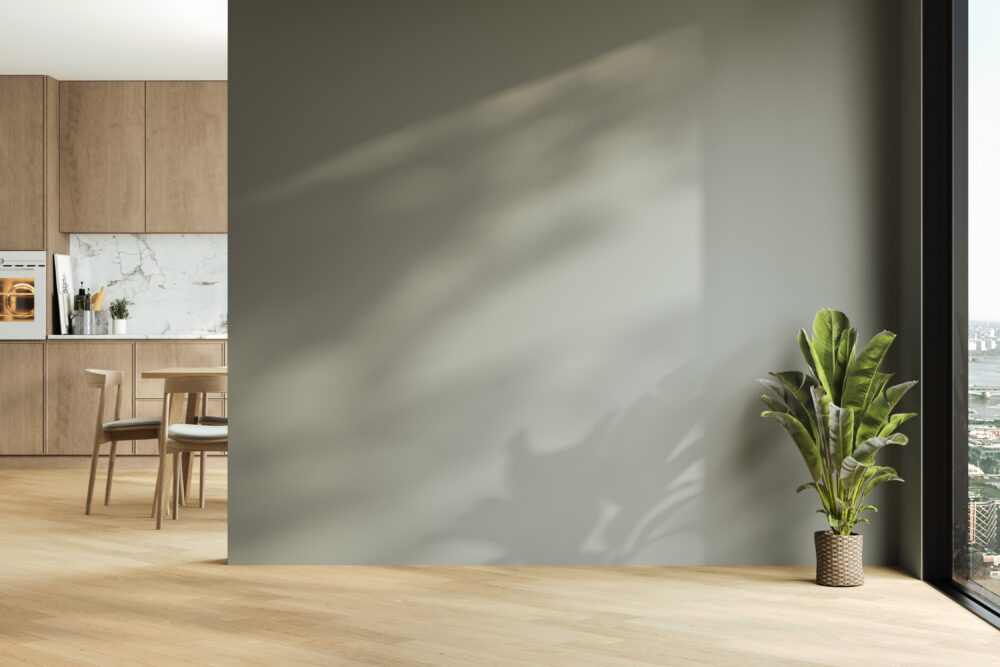
Partial walls offer a suitable middle ground between isolation and openness. Standing at counter height or featuring glass upper sections, these clever dividers maintain visual connection while blocking cooking messes from view.
You still enjoy conversation with guests while cooking, but dirty dishes stay hidden. The partial barrier also helps contain cooking odors and noise without sacrificing the social aspect everyone loves.
2. Broken-Plan Layouts Using Clever Room Dividers
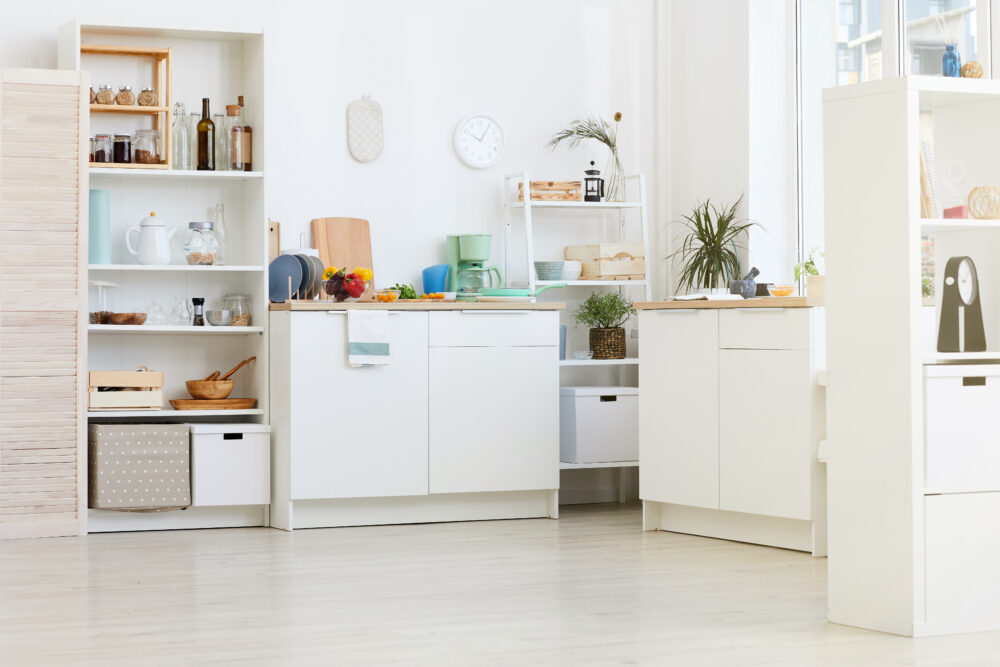
Broken-plan layouts use dividers such as bookcases, glass partitions, or sliding doors to create zones without complete separation. This approach maintains flow while defining distinct areas.
Kitchen activities stay contained, yet the space feels connected. When entertaining, sliding panels can open fully, but during everyday cooking, they provide welcome separation and help manage kitchen mess.
3. Concealed Kitchen Pods Within Larger Spaces
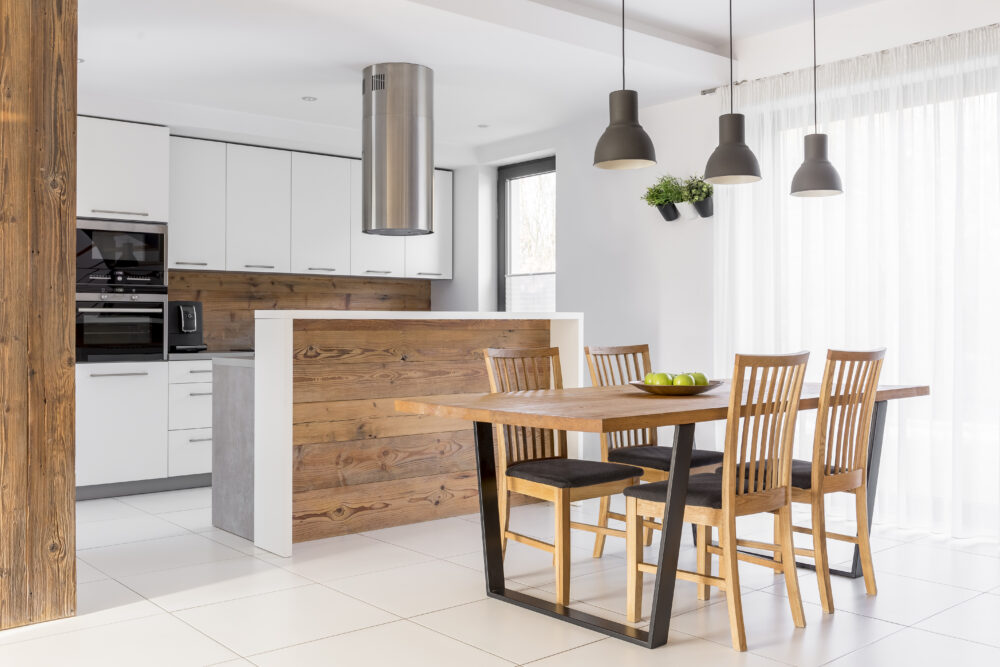
Kitchen pods are self-contained cooking units that can be completely hidden when not in use. Sleek cabinetry conceals appliances, prep areas, and storage behind beautiful paneled doors that blend with surrounding décor.
When closed, the kitchen can be concealed so that it blends seamlessly into the surrounding space. It’s great for studio apartments or multipurpose rooms. When cooking begins, doors fold back to reveal a fully-functional workspace that disappears again once mealtime ends.
4. Pass-Through Windows Creating Visual Connection
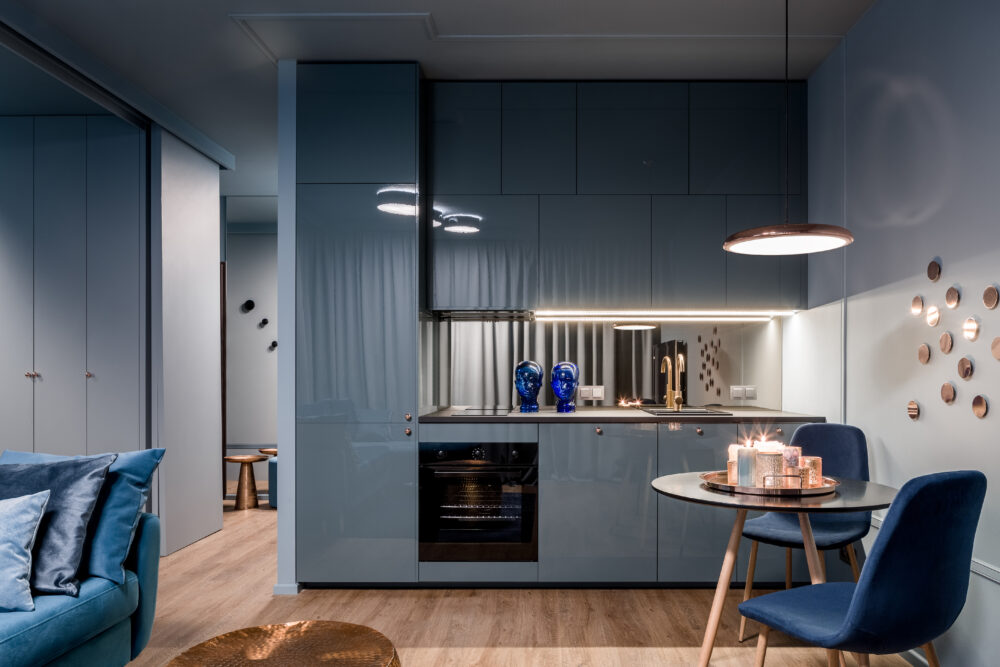
Pass-through windows offer a brilliant compromise between separation and togetherness. These stylish openings in walls between kitchen and dining spaces allow for conversation and serving food while maintaining distinct rooms.
Some feature sliding panels or shutters that close when privacy is desired. The kitchen stays contained, but the cook remains connected to family activities through these purposeful openings that frame the view like living artwork.
5. Butler’s Pantry Revival As Transition Zones
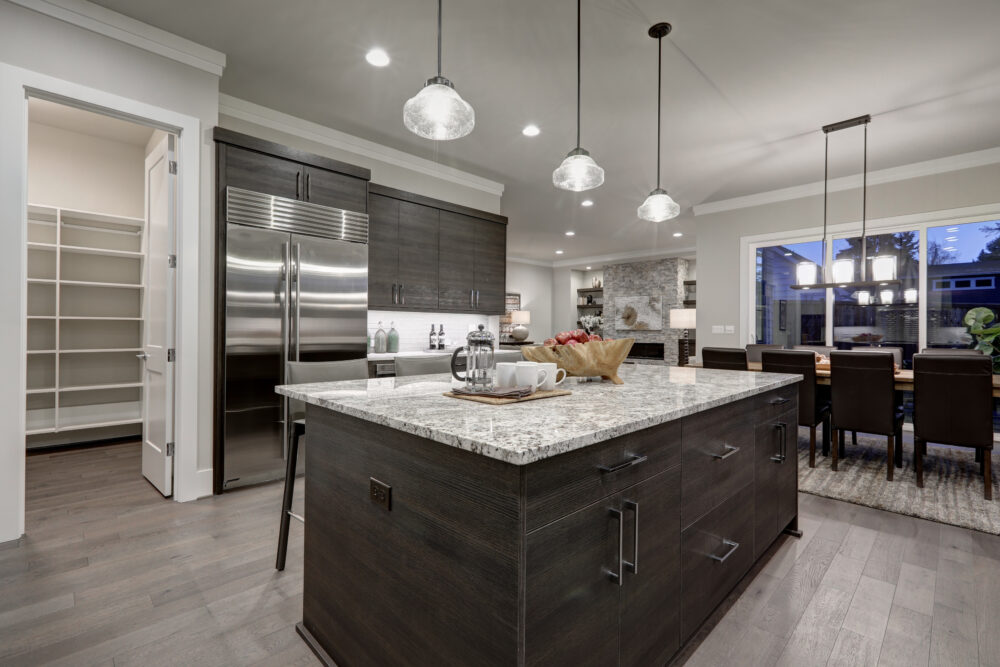
The classic butler’s pantry is regaining popularity as a transition space between kitchen and dining areas. These transition spaces between kitchen and dining areas serve as beautiful buffers where final food prep happens out of sight.
Equipped with secondary sinks, storage, and sometimes additional appliances, these hardworking spaces keep the main kitchen pristine. Guests see only the finished presentation while cooking chaos remains hidden behind elegantly designed cabinetry.
6. Soundproofed Kitchen Enclaves With Wide Doorways
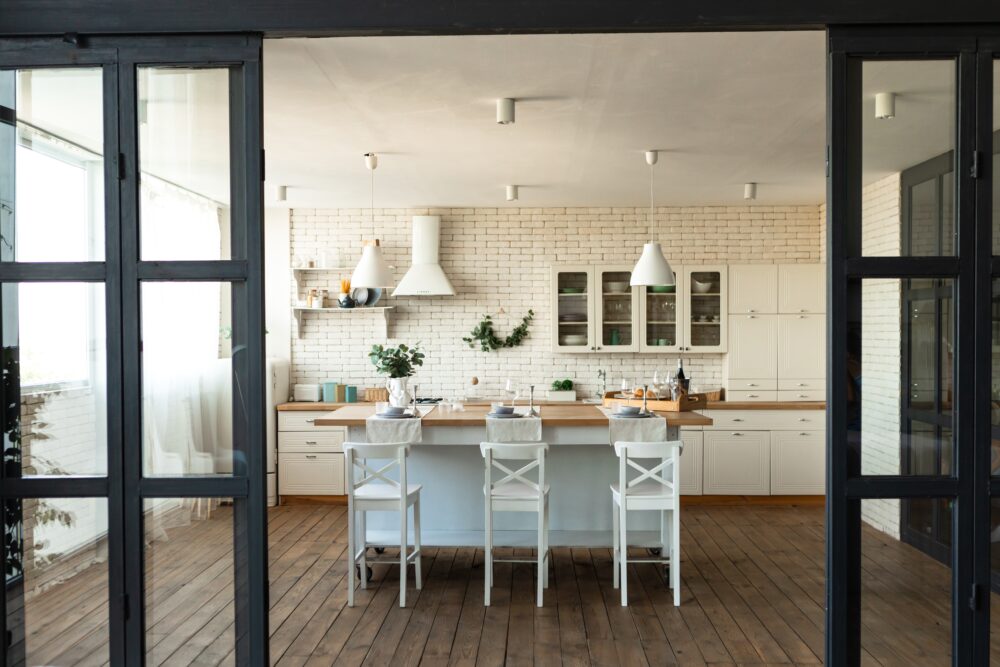
Noise is often cited as a common complaint about open kitchens. The solution? Enclosed cooking spaces with acoustic treatments and wide doorways that maintain connection without sound transfer.
Dishwasher rumbles and blender whirs stay contained, yet the space feels accessible. Double-wide pocket doors can slide open during gatherings, then close when someone needs quiet for work or study while dinner prep continues.
7. Dual-Function Kitchen Spaces With Flexible Boundaries
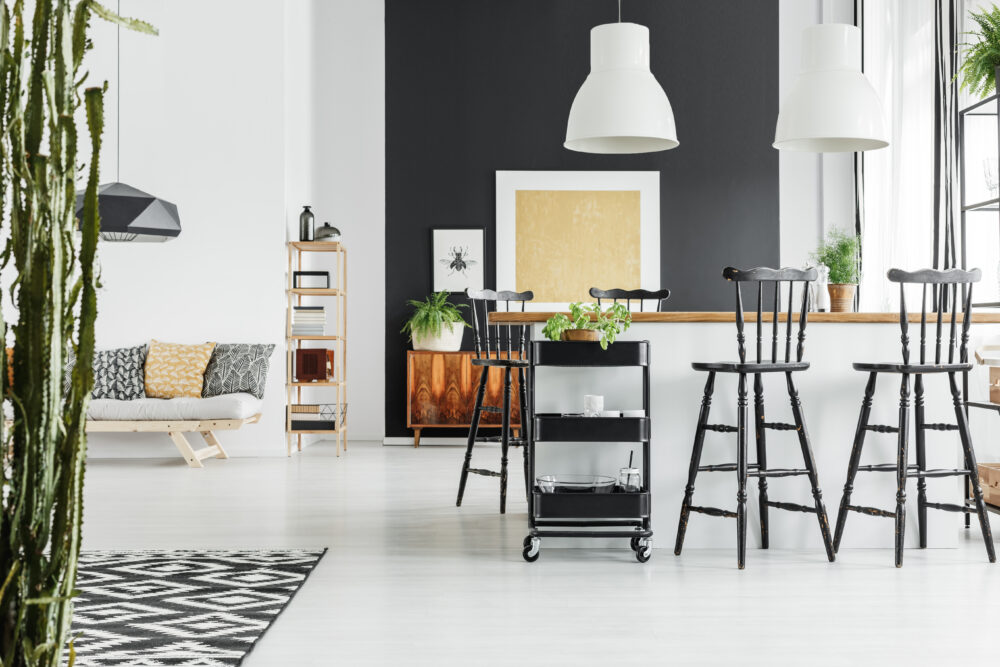
Flexibility has become an important factor in today’s kitchen design. These innovative kitchens feature movable partitions, island units on wheels, or height-adjustable counters that transform the space throughout the day.
Morning brings a closed cooking zone for breakfast prep. By afternoon, barriers reconfigure for homework supervision while making dinner. Evening entertaining sees yet another arrangement as the kitchen expands or contracts to suit the occasion.

